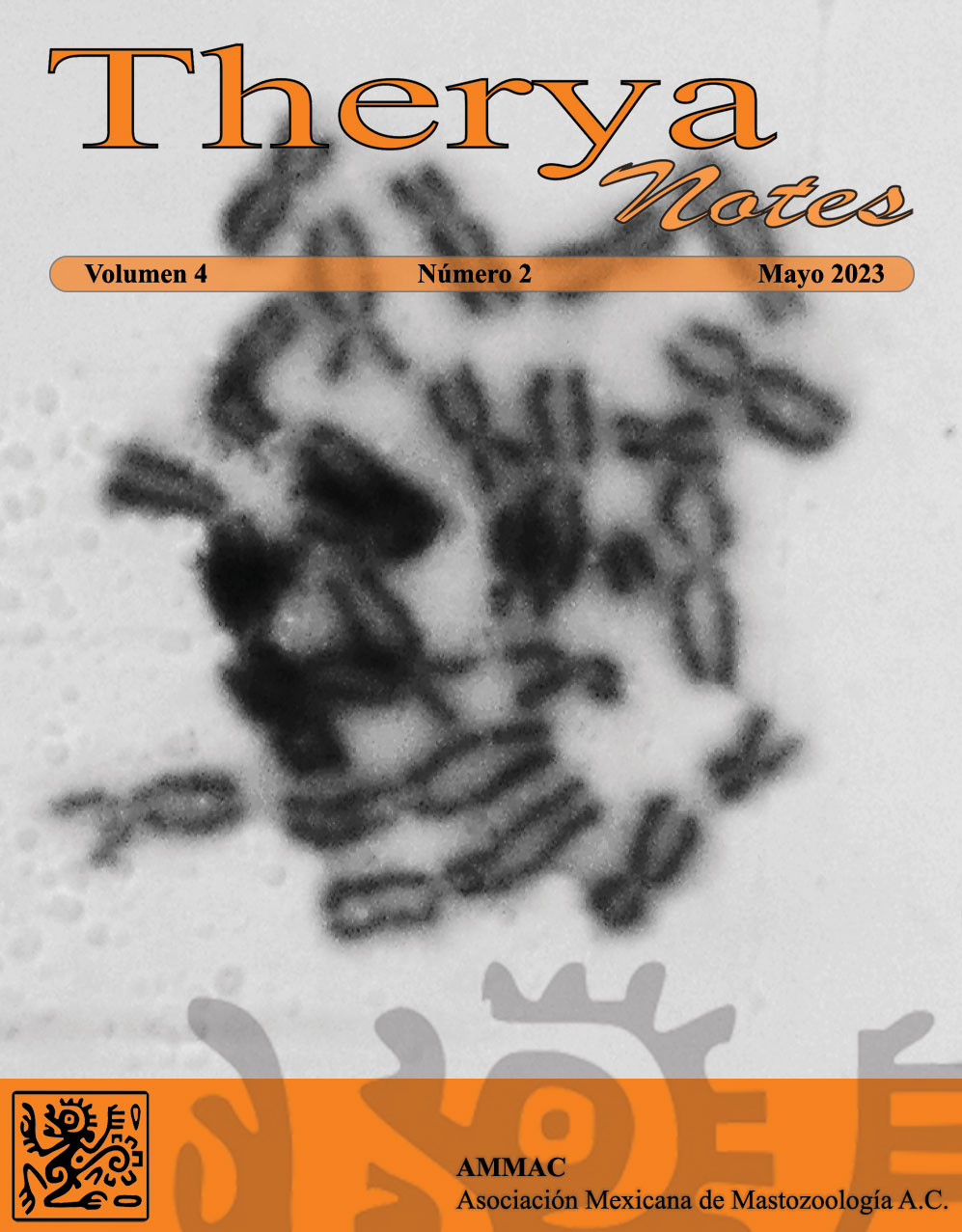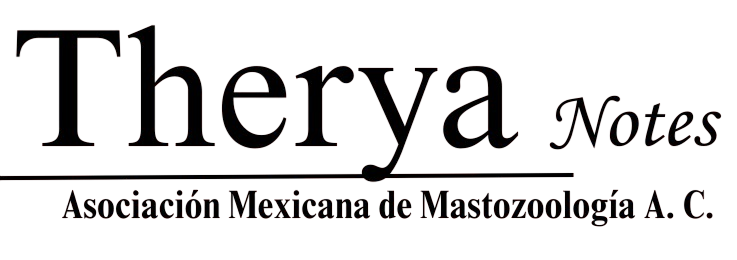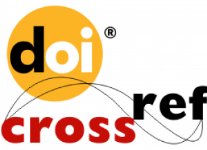Contribution to the knowledge on the diet of the collared peccary (Dicotyles tajacu) at the La Selva Biological Station, Costa Rica
DOI:
https://doi.org/10.12933/therya_notes-23-117Keywords:
Eating habits, fruits, palms, saino, wet tropical forestAbstract
The diet of the collared peccary (Dicotyles tajacu) in the Neotropics is poorly known, although palm fruits are frequently reported. This study aimed to evaluate the diet of collared peccary groups at La Selva Biological Station (LSBS), Costa Rica. Between July and December 2021, 30 km of LSBS trails were traveled each month. A list of plant species consumed by peccaries was elaborated from direct visual observations. Samples of plant or fruit species collected in the field were identified at the family, genus, or species level. The diet of the collared peccary inhabiting the LSBS consisted of 38 species belonging to 18 families. The most consumed species belong to the family Arecaceae. Socratea exorrhiza, Ficus colubrinae, Dussia macroprophyllata, Sacoglottis trichogyna, Iriartea deltoidea, and Dipteryx panamensis were the predominant species in the peccary diet. The most important plant component was fruits. The dispersal mode of most species consumed was Endo-stricto. For 53 % of plant species consumed by peccaries have no information on their IUCN conservation status. Given the diverse diet of the collared peccary, conservation actions should consider the protection of primary forests as food sources, in addition to restoration projects of tropical ecosystems to promote tree species that provide fruits attractive to peccaries.
Downloads
Published
How to Cite
Issue
Section
License
THERYA NOTES is based on its open access policy allowing free download of the complete contents of the magazine in digital format. It also authorizes the author to place the article in the format published by the magazine on your personal website, or in an open access repository, distribute copies of the article published in electronic or printed format that the author deems appropriate, and reuse part or whole article in own articles or future books, giving the corresponding credits. The Creative Commons CC BY-NC-SD license is used.![]()















